Timeless Beauty & Lasting Value
A custom wood staircase is more than just a way to move between floors—it’s a statement piece that enhances the elegance, functionality, and value of your home. Expertly crafted from high-quality hardwoods like oak, maple, or walnut, these staircases blend durability with stunning aesthetics. Whether you prefer classic, traditional designs or sleek, modern styles, a custom staircase can be tailored to complement your home’s architecture and interior décor.
Beyond aesthetics, a custom wood staircase adds warmth and sophistication, serving as a central focal point in any space. It increases your home’s resale value, improves structural integrity, and can be designed for maximum space efficiency. With limitless design options, from intricate balusters to handcrafted railings, a custom staircase transforms your home into a work of art while ensuring long-lasting strength and stability.
Anatony of a staircase
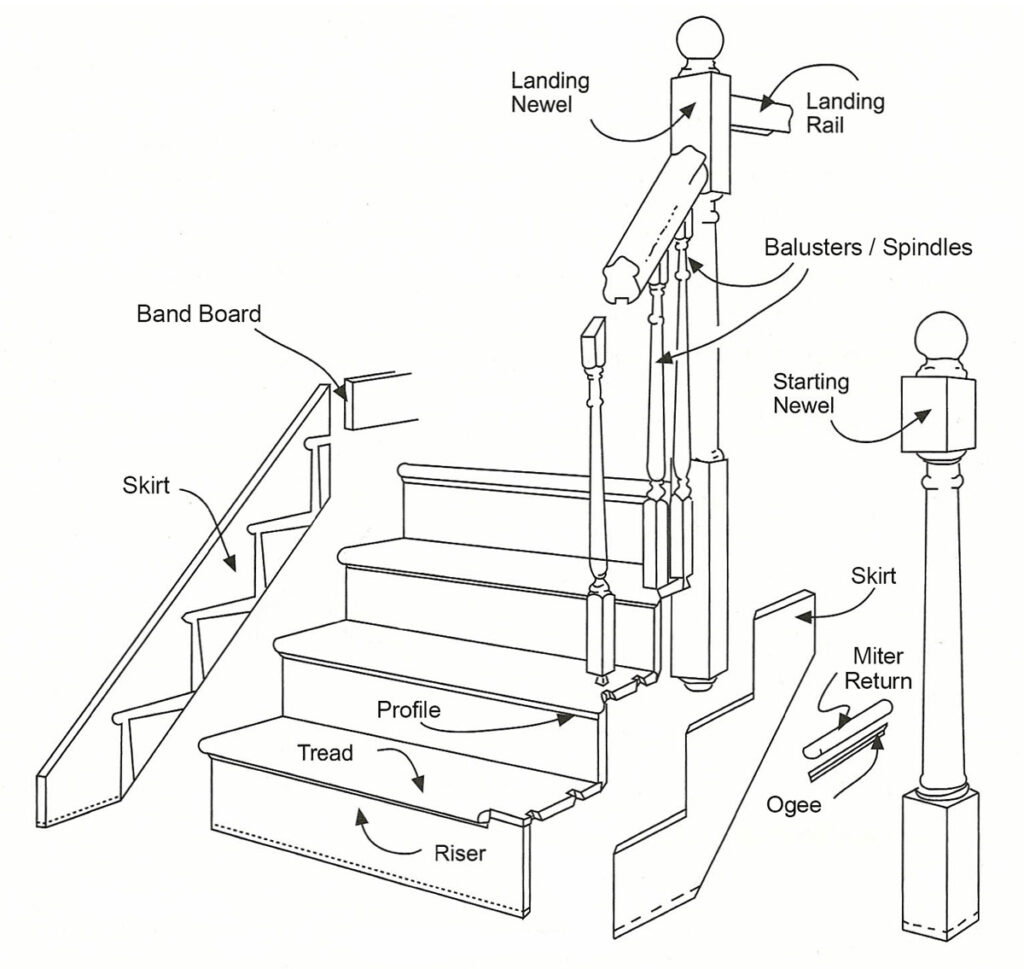

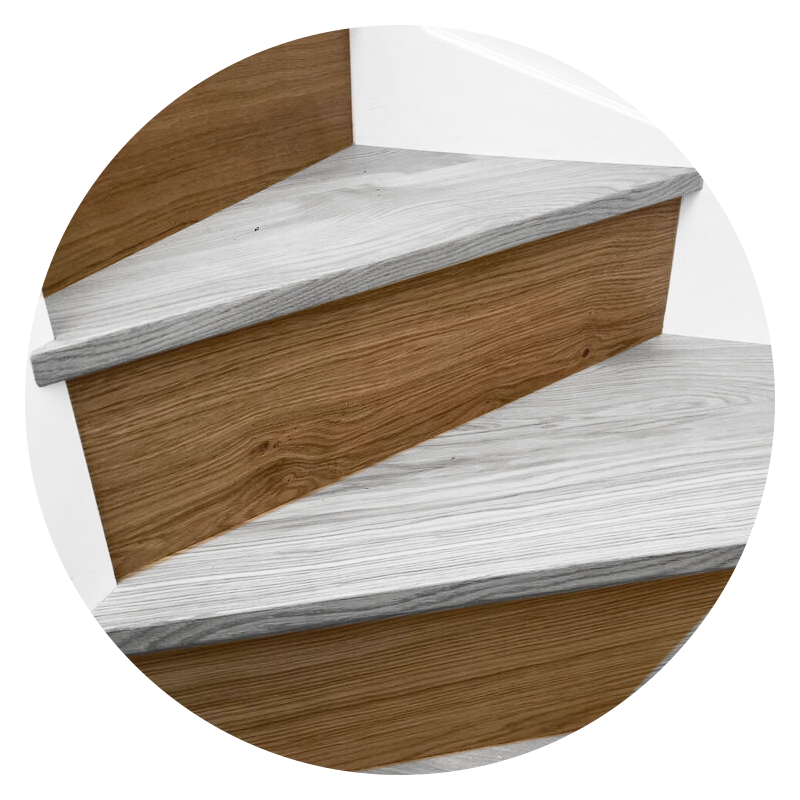
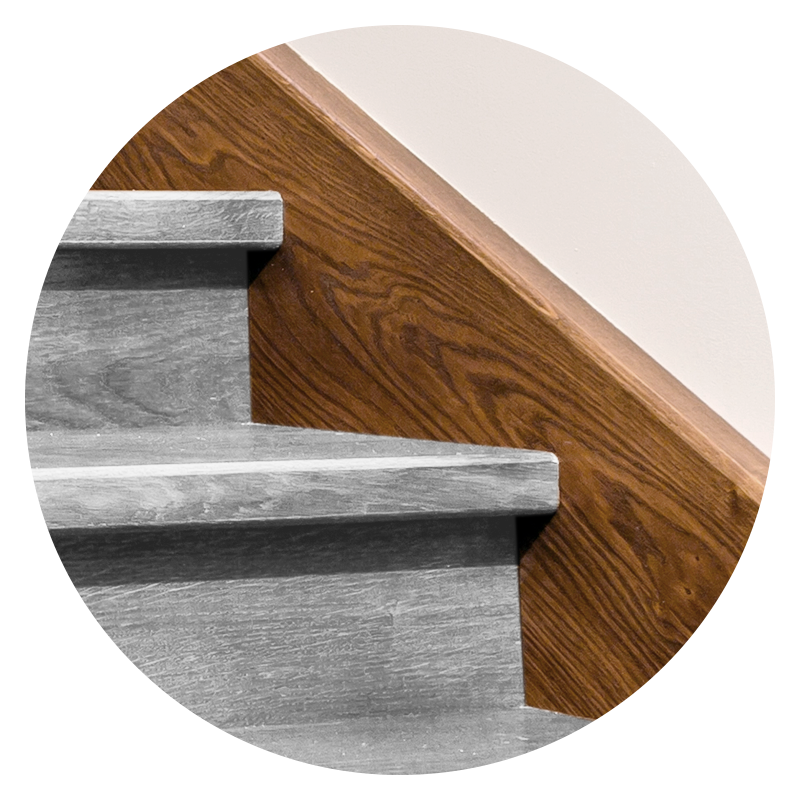
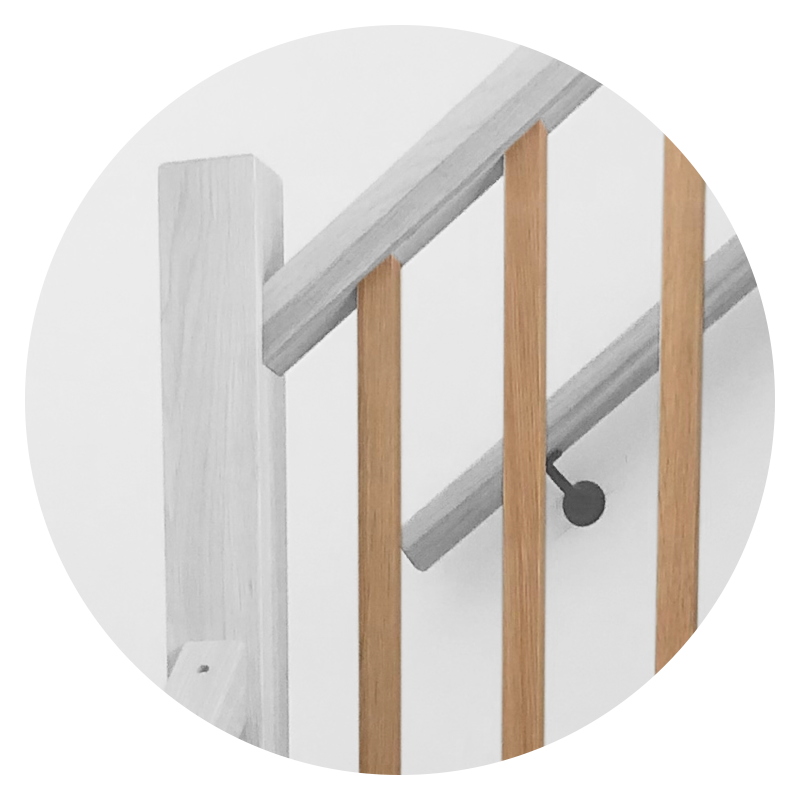

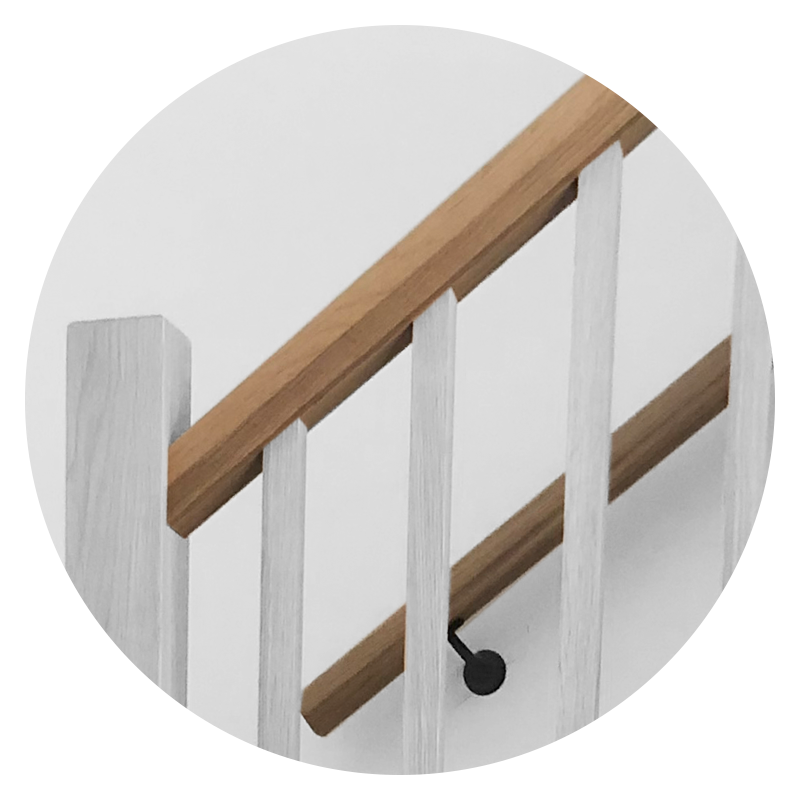

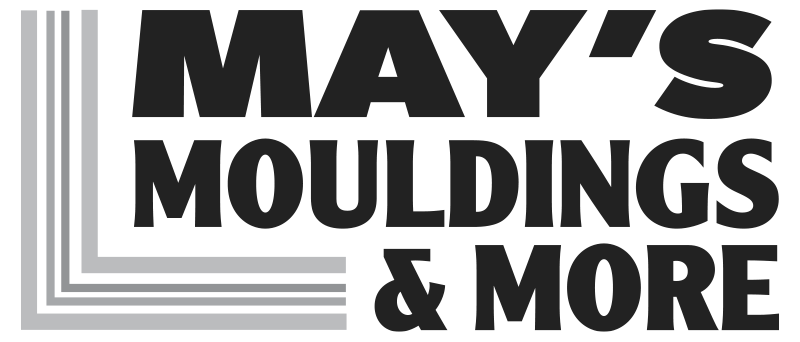
All Rights Reserved, Mays Mouldings & More ©2024
Opening Hours:
Monday – Friday 8:30am – 4pm
Phone: (902) 876-2733
Address: 3156 St. Margaret’s Bay Road, Timberlea, NS B3T 1J1